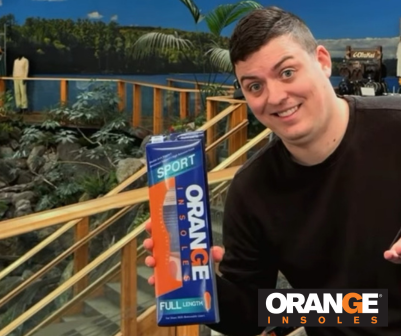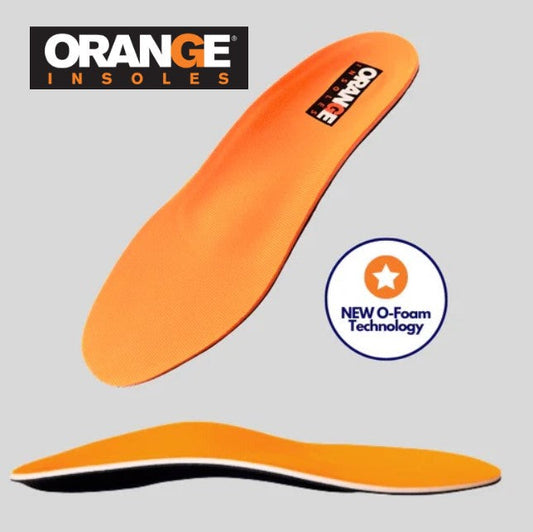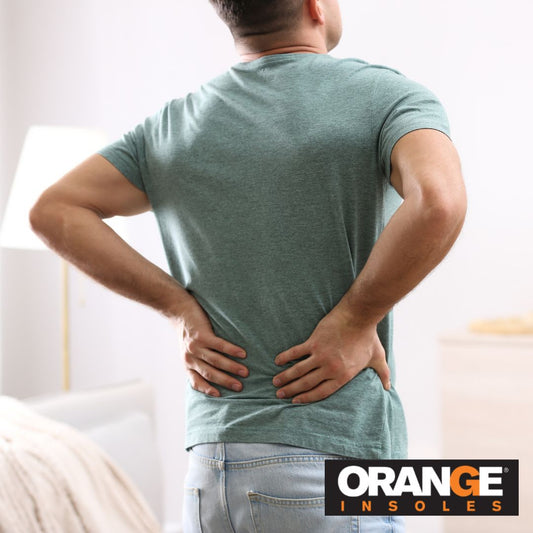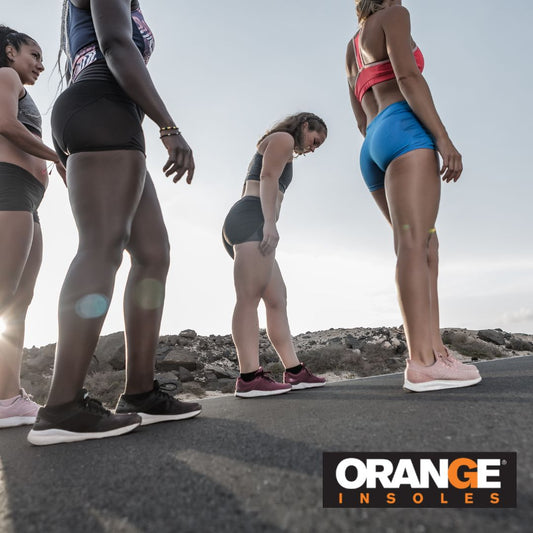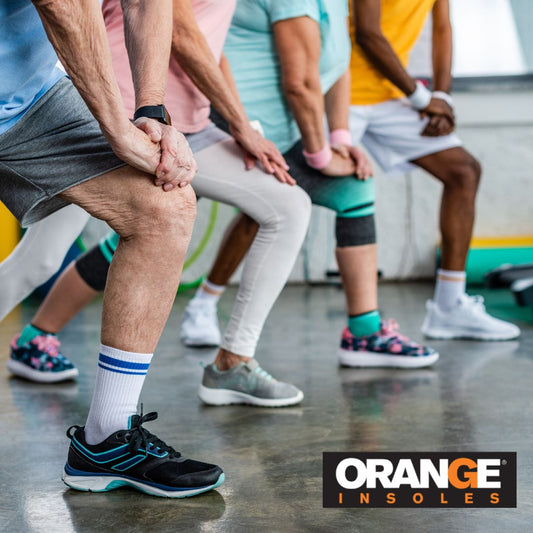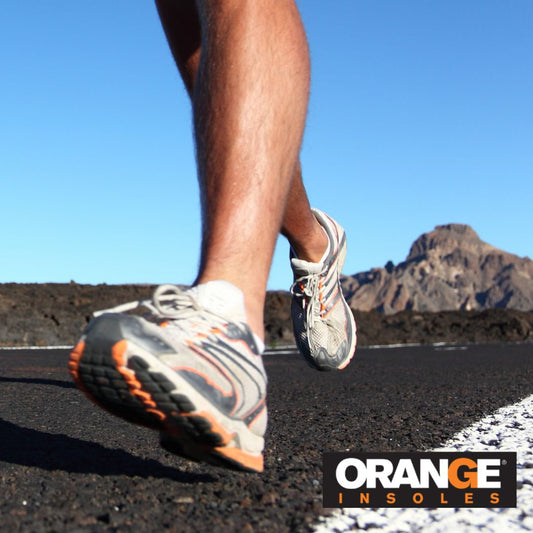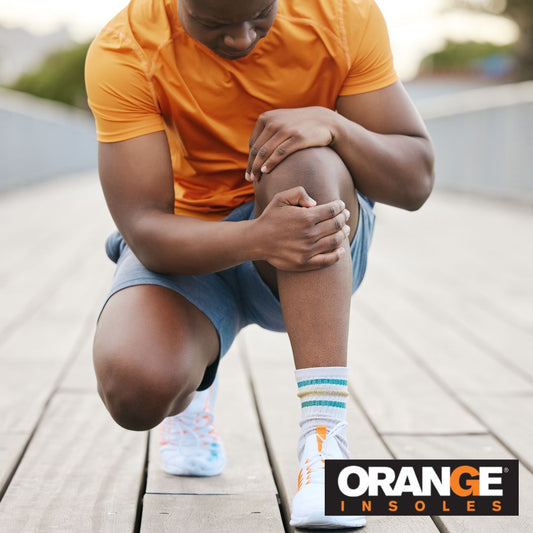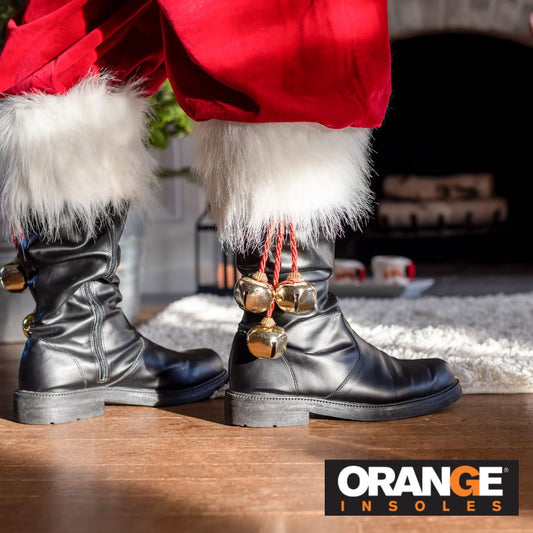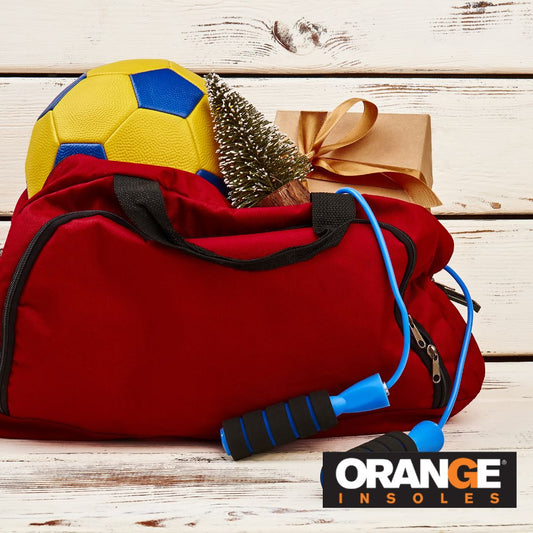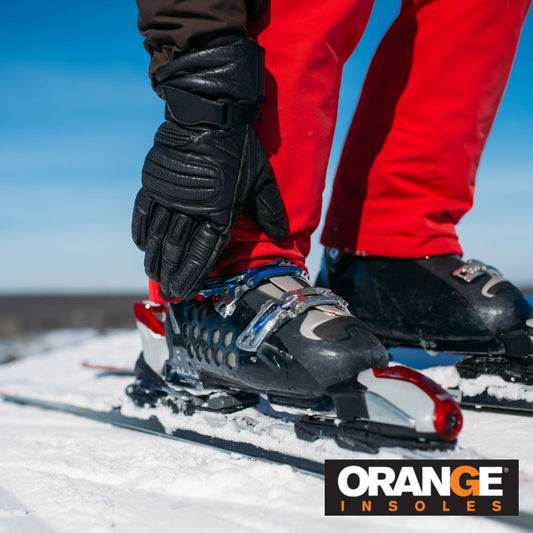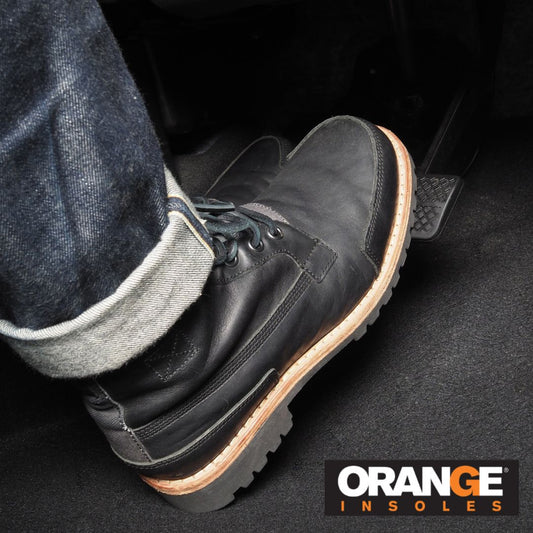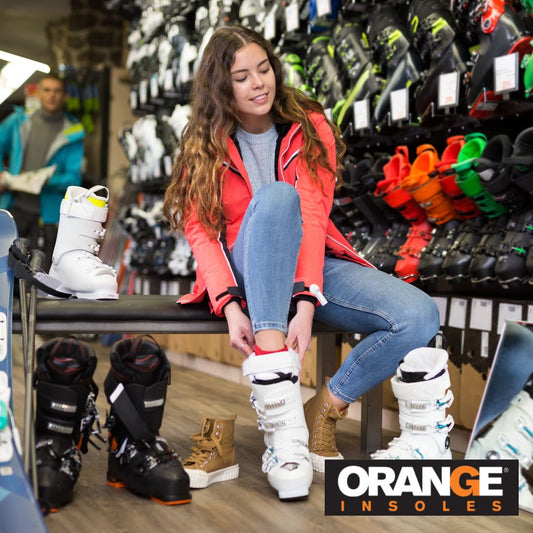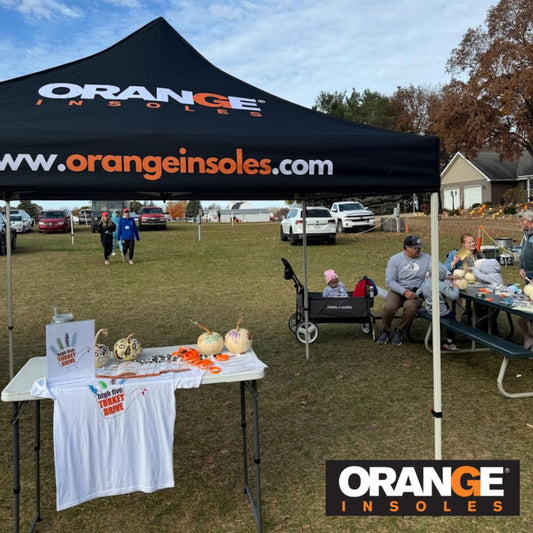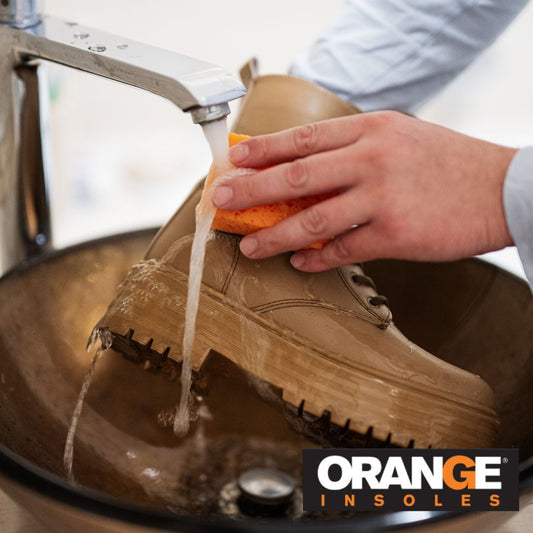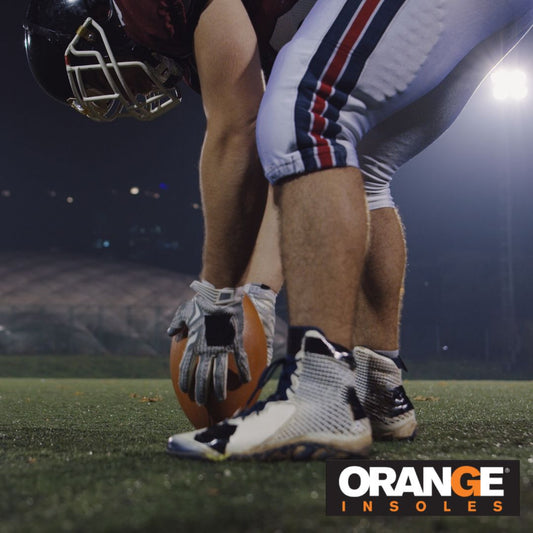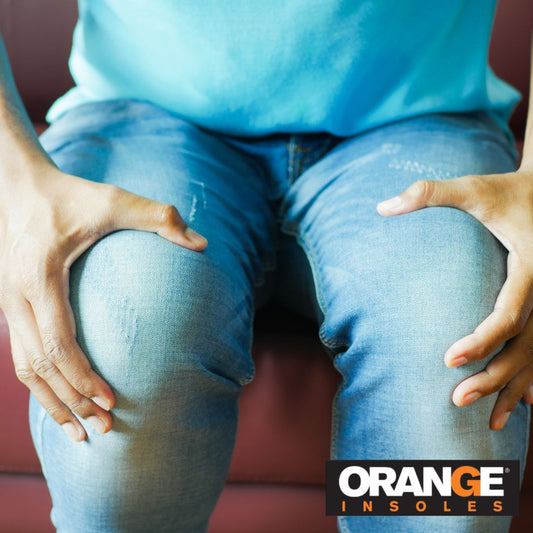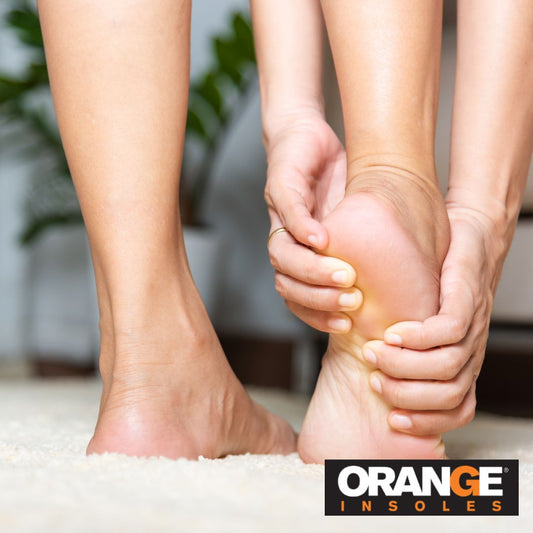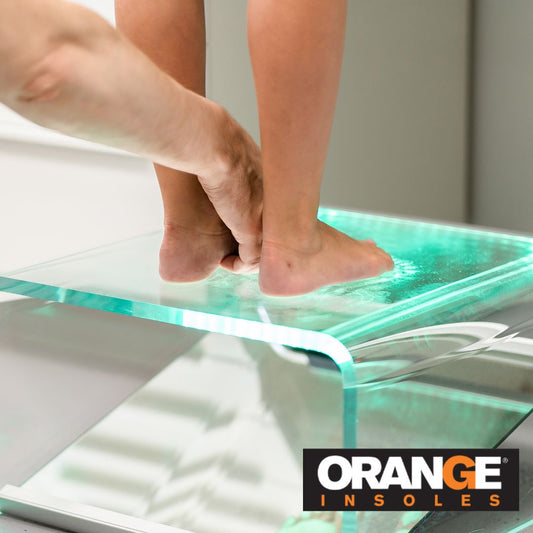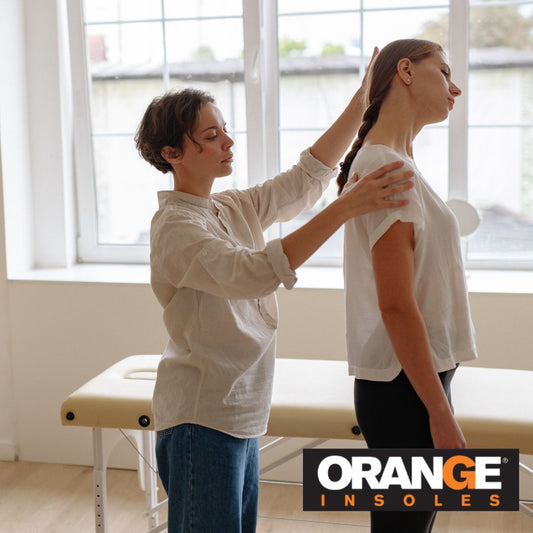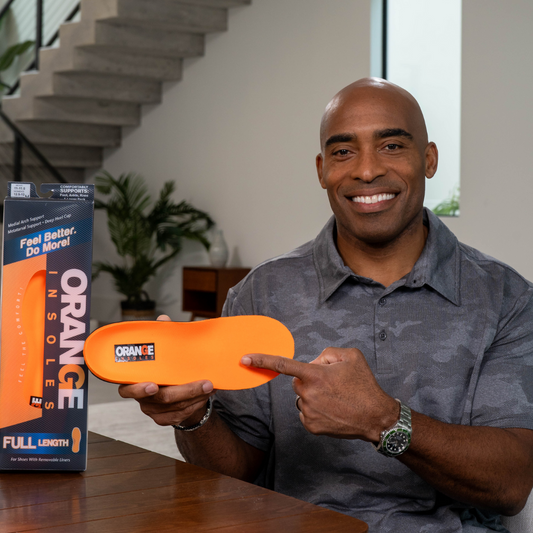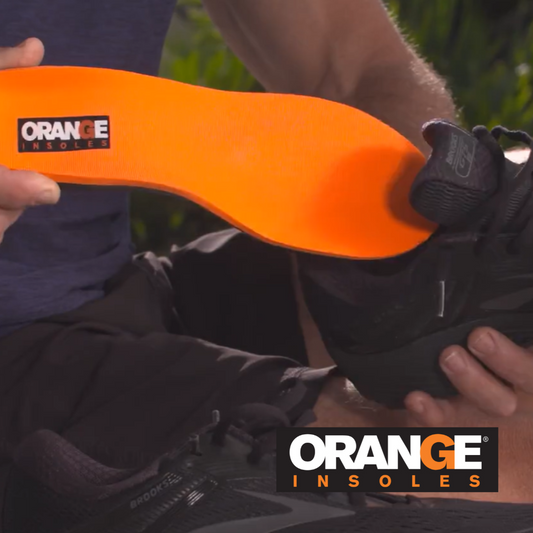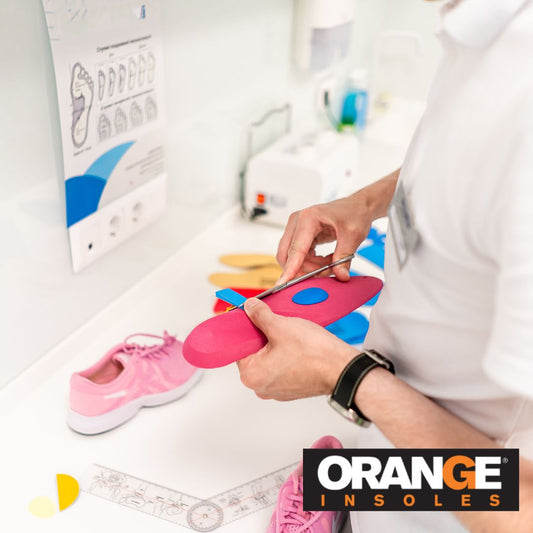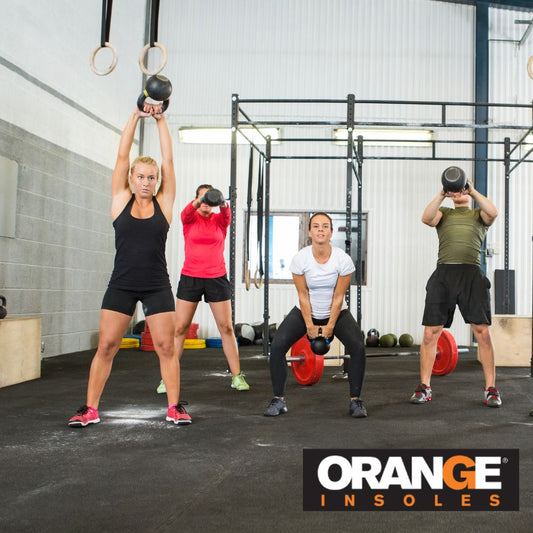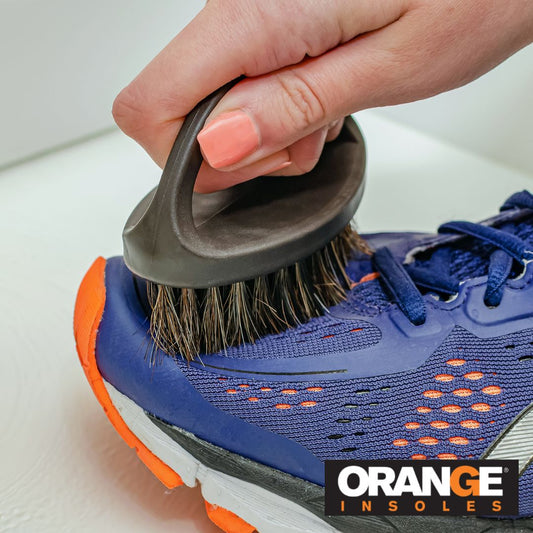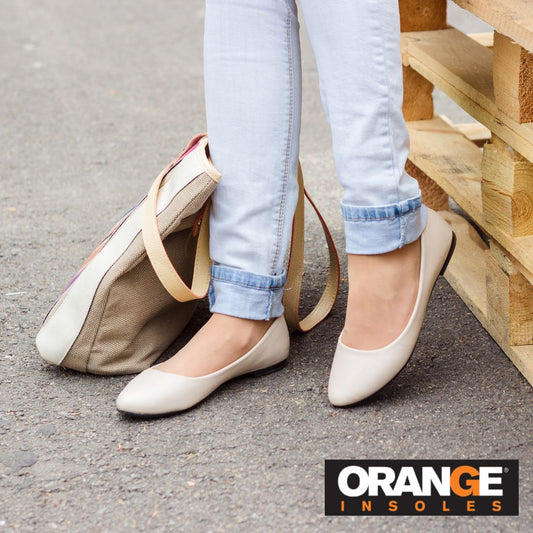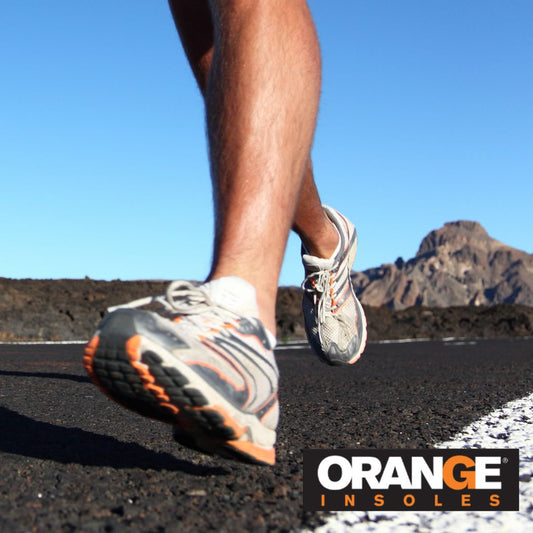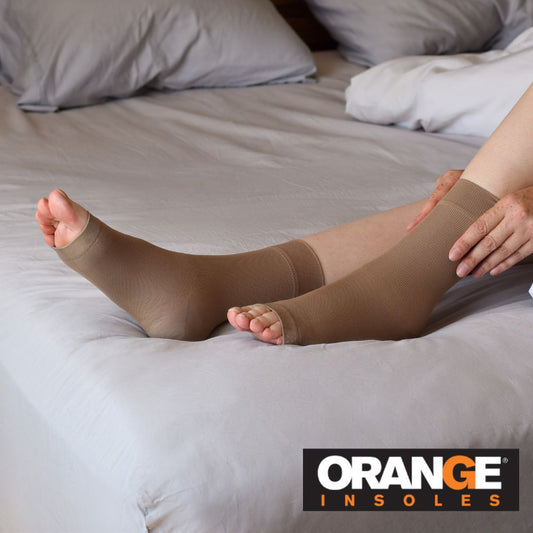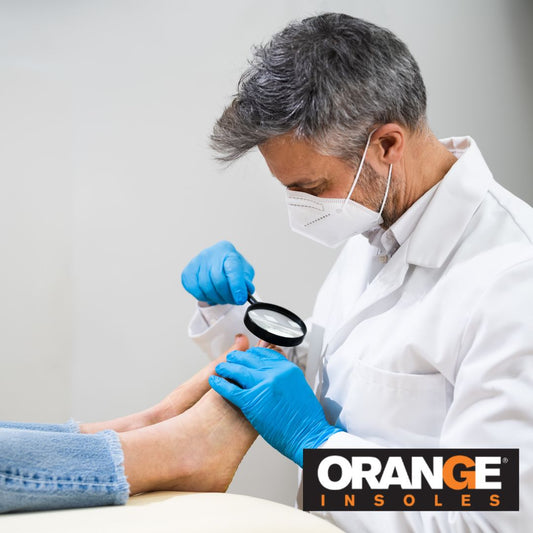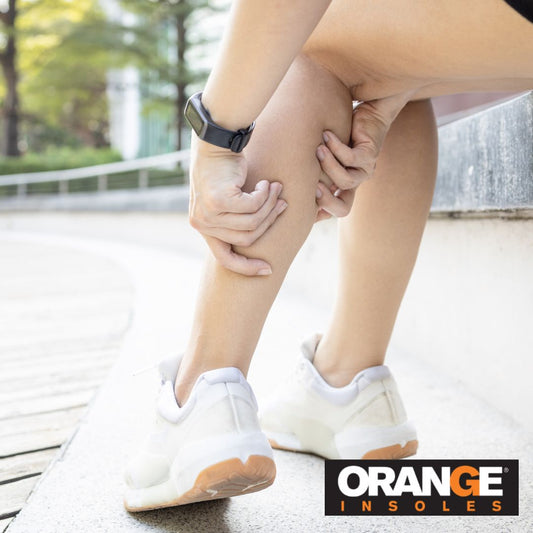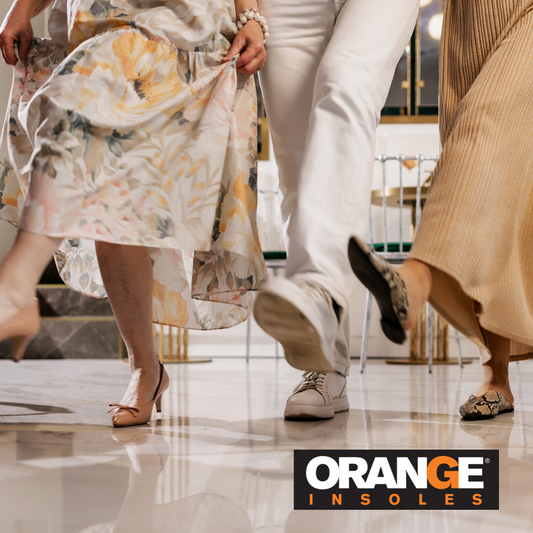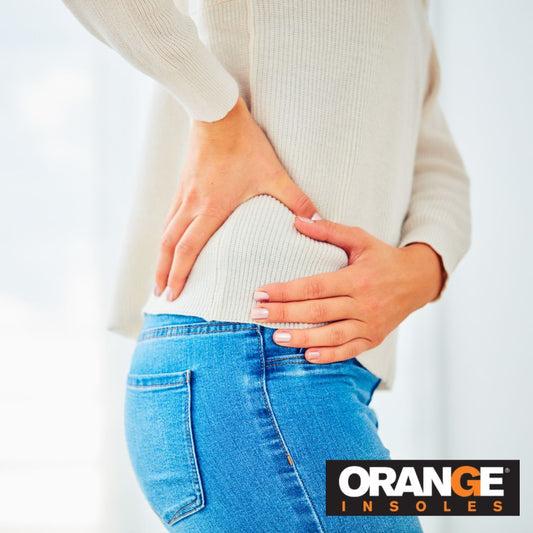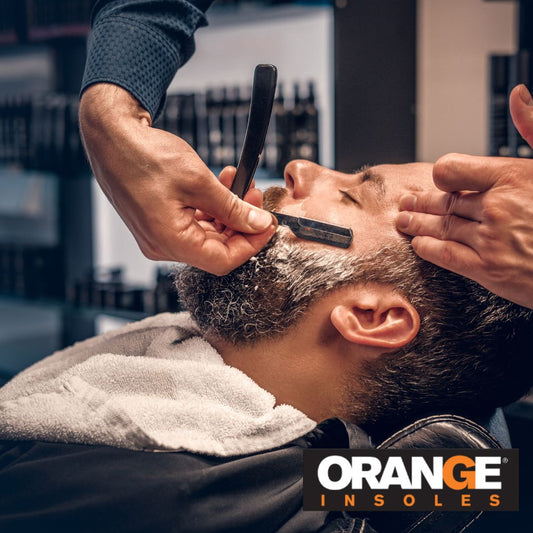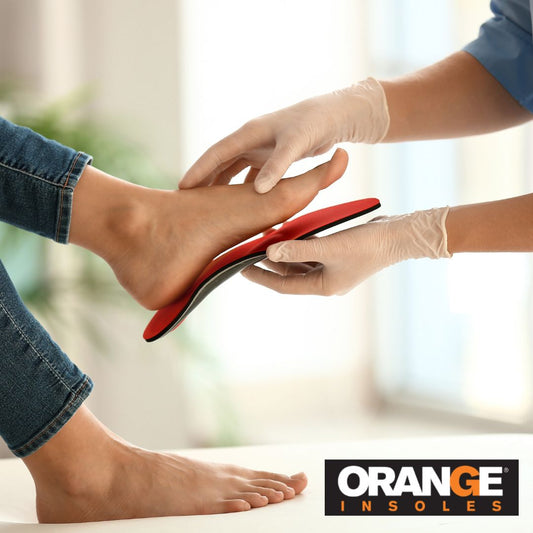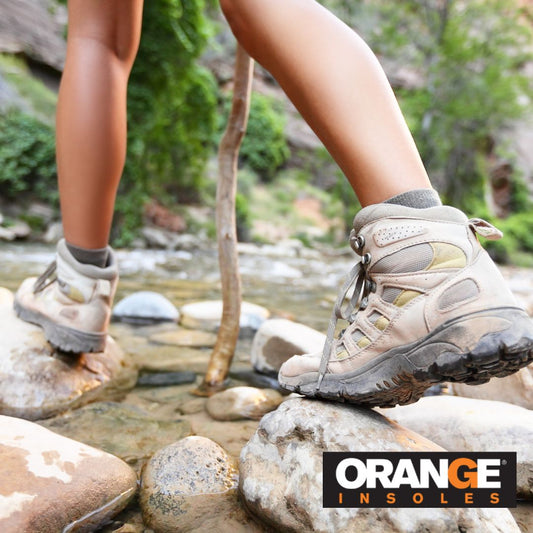High arches. Flat feet. There are plenty of foot types out there, and they each have their own unique issues.
Worried that the shape of your foot may be causing your discomfort or fatigue? Wondering if there are options to help?
Let’s examine both flat feet and high arches, what those terms mean, and what you can do to get the support your feet need.
How Can I Tell What Foot Shape I Have?
In general, there are 3 different shapes that impact the support of your foot. There are flat feet, there are high arches, and there are efficient feet.
A visual examination of the foot is sometimes enough to determine which type of foot you have. Do you have a pronounced arch? Does the entire bottom of your foot make contact with the ground?
However, you should know that these foot types exist on a spectrum. That means it’s totally possible to have a higher arch than usual, or have feet that are on the flatter side, but still manage to walk efficiently.
For a better idea: have a look at the inside of your shoe, at the sock liner that rests above the midsole. Can you see any definitive wear patterns? If they’re along the inside of the foot, you may have a flat foot. Along the outside? It may confirm that you have high arches.
High arches and flat feet tend to have their own support issues.
Support & Flat Feet
Flat feet lack a pronounced medial arch. In fact, to the eye, they usually look like they’re missing an arch entirely! (Hence the name ‘flat feet.’)
The most common issue that people with flat feet experience? Overpronation.
When you’re moving through your normal gait, your foot will roll in, or pronate. Now, pronation is a good, healthy movement. It provides natural shock absorption as you move through your stride.
When you overpronate, however, your foot rolls in too far. This means that you’re generating torque, a force that throws your body out of alignment and can impact your knees, your hips, and even your lower back.
Your foot will also “bottom out” when you hit your stride, because you don’t have strong arch to support your foot as it hits. This leads to excess pressure on the inside part of the forefoot.
If you have flat feet, you have a few support issues you should look for in your next pair of shoes.
As we talk about in our Anatomy of a Shoe post, support is found in two parts of the shoe: the base (or outsole) and the midsole.
Wear shoes with a wide base. Wide base = more support. If you have too narrow a base, your foot can hang over the edge and pull you out of alignment.
Also, look for a midsole with a high contour. A higher contoured midsole means more medial arch support. Arch support helps post the arch in your foot and keep you in better alignment.
Insoles For Flat Feet:
If your shoes lack medial arch support, consider adding an insole. Orange Insoles provide support to post your arch and keep you in alignment.
Support & High Arches
In contrast to the flat foot, you won’t have any problem noticing the arch on a high-arched foot!
People with high arches don’t need to worry about overpronation… they actually have the opposite problem. Because their arches are so high and rigid, the foot doesn’t roll in as much as it ought to.
This leads to excess pressure at the outside part of the forefoot.
And because of the lack of pronation, the high-arched foot doesn’t have as much natural shock absorption. This can be abrasive to the foot and lead to injury or fatigue.
The high, rigid arch also tends to impact the shape of your instep. Your instep is the part of your foot between the toe and ankle, and it tends to be higher and steeper than those feet with less pronounced medial arches.
This means it’s important to take instep into account when picking out footwear for the high-arched shoe. Too narrow a shoe: you can compress nerves in your instep. So pick a wider shoe and give yourself plenty of room.
Other things to consider: look for a neutral, flexible shoe with plenty of cushion. Shock absorption will be more important for someone with high arches.
Also, take a look at the forefoot of the shoe. Ideally, you’ll want something that flares out a little. This will mirror the shape of the foot’s movement and provide support and cushioning where the pressure seems to land.
Inserts For High Arches
Should you avoid arch support when you have high arches? While your arch may not need to be posted, the contoured arch, heel cup, and metatarsal pad in Orange Insoles can help hold your foot in the correct position, which can make sure you have correct weight distribution and keep you in alignment.
Whether you have high arches or flat feet, there’s an Orange Insole to fit most any shoe in your closet. Find one in your size today!







